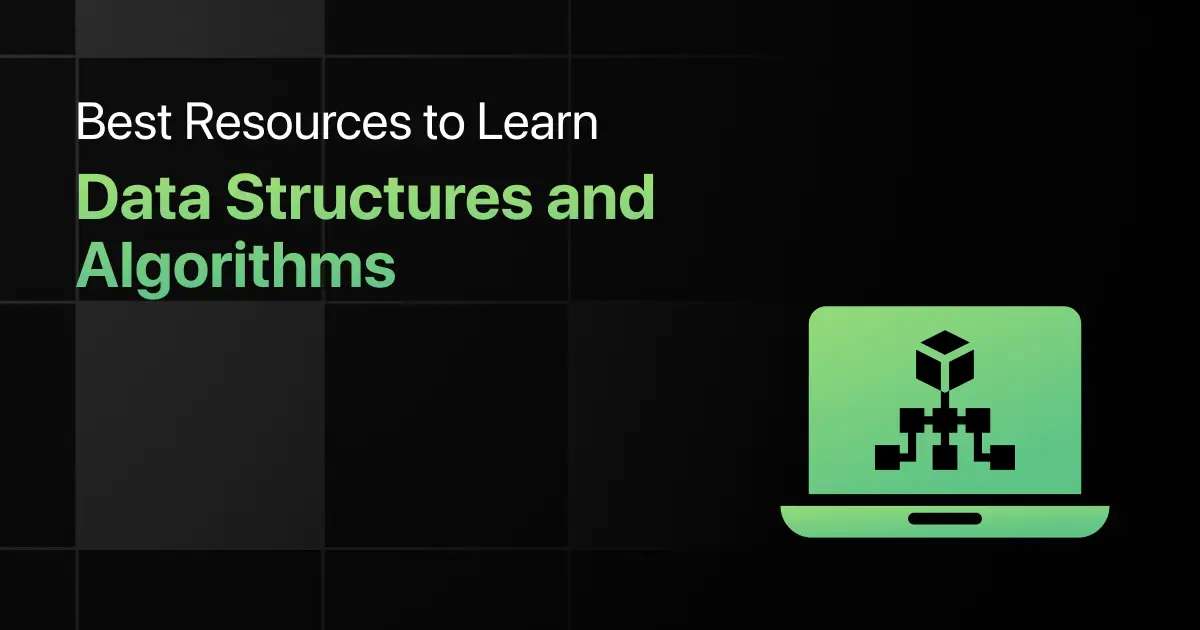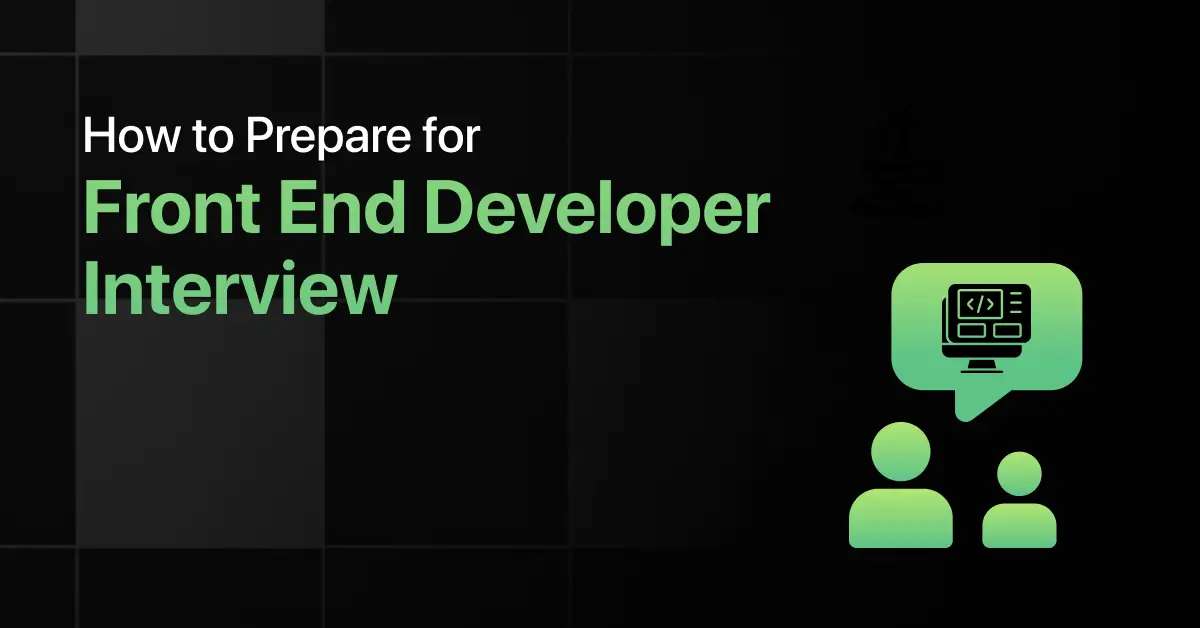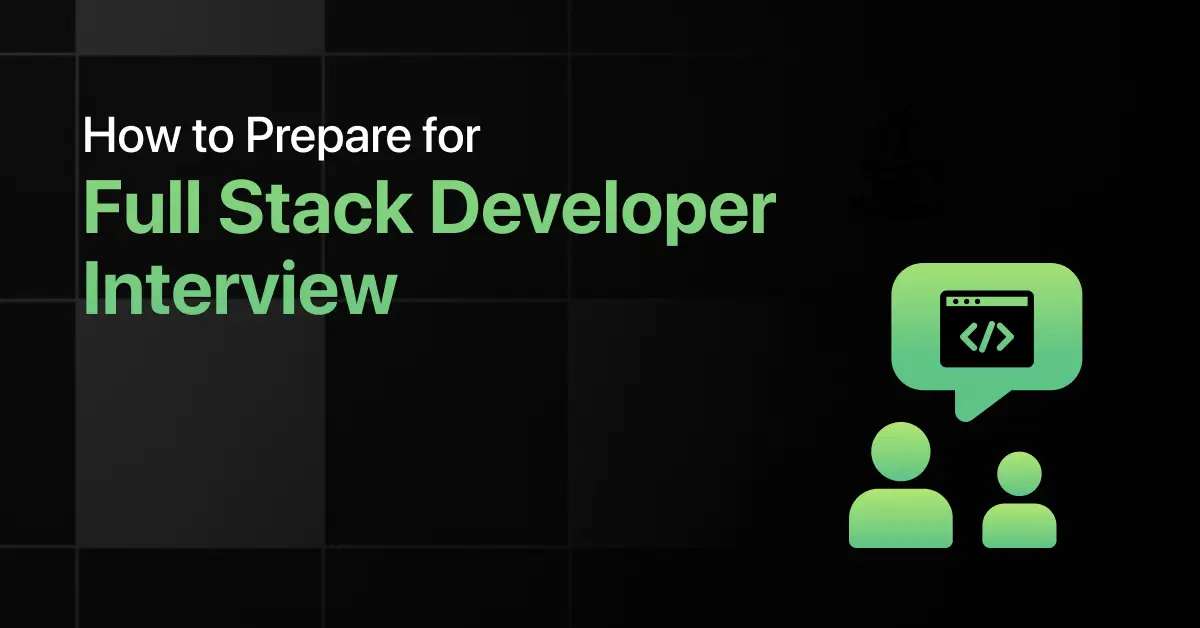Best Resources to Learn Data Structures and Algorithms

Data Structures and Algorithms (DSA) form the foundation of computer science and are essential for building efficient and scalable software. Whether you’re developing an application, solving real-world problems, or preparing for technical interviews, a strong grasp of DSA enables better logic and performance in your code.
In 2025, DSA continues to be a crucial part of job preparation, especially for roles in software development, system design, and competitive programming. This article presents the best step-by-step resources to help you master DSA from the ground up and succeed in placement or professional coding environments.
A Quick Overview of Data Structures and Algorithms
| Popular Use Cases | DSA is used in system design, coding interviews, application optimization, backend development, and problem-solving competitions. |
| Learning Curve | DSA has a moderate to steep learning curve that requires logical thinking, consistent practice, and strong fundamentals. |
| Demand in India | DSA skills are in high demand for placement preparation, product companies, and top-tier technical roles across India. |
| Job Roles | Roles include Software Developer, Backend Engineer, SDE, Competitive Programmer, and Technical Analyst. |
| Salary Range | Entry-level roles start at ₹6–8 LPA, while skilled professionals with strong DSA command can earn ₹20–40 LPA or more in top companies. |
| Top Companies Hiring | Companies like Google, Amazon, Microsoft, Flipkart, Infosys, and TCS prioritize DSA knowledge during hiring. |
Key Concepts to Learn in Data Structures and Algorithms
To succeed in both academics and interviews, it is important to master the following DSA concepts:
- Arrays and Strings : Learn about static and dynamic arrays, string manipulation, and two-pointer techniques.
- Linked Lists : Understand singly, doubly, and circular linked lists and their role in dynamic memory allocation.
- Stacks and Queues : Study how these linear data structures work and apply them in parsing, evaluation, and scheduling problems.
- Trees and Graphs : Learn about binary trees, binary search trees, heaps, and graph representations like adjacency lists.
- Searching and Sorting Algorithms : Understand sorting methods like quick sort, merge sort, and searching strategies like binary search.
- Recursion and Backtracking : Develop logic through recursive functions and explore pathfinding and constraint satisfaction using backtracking.
- Hashing and Hash Tables : Learn how to use hash maps for constant-time access and solve collision-handling problems.
- Greedy Algorithms : Solve optimization problems with a locally optimal choice at each step.
- Dynamic Programming : Practice breaking problems into overlapping subproblems and storing results to avoid recomputation.
- Graph Algorithms : Master BFS, DFS, Dijkstra’s algorithm, and Union-Find for solving pathfinding and connectivity problems.
- Time and Space Complexity : Analyze the efficiency of algorithms using Big-O notation.
Best Online Resources to Master Data Structures and Algorithms
DSA is best learned in a structured flow that begins with basic data types and logic building, then moves to linear and non-linear data structures, and finally to advanced topics like dynamic programming and graph algorithms.
The resources listed below are organized to guide you through each step in the right sequence, ensuring clarity and confidence for both interviews and real-world applications.
Getting Started
If you are new to Data Structures and Algorithms, begin with visual tutorials and beginner-friendly lessons that explain logic step by step.
1. YouTube Channels
YouTube is a helpful starting point for learning DSA visually. These tutorials break down problems and explain core topics like arrays, recursion, and sorting with real examples that are easy to follow.
Learning Outcomes:
- Understand DSA concepts through clear visual examples
- Learn how to approach problems with step-by-step logic
- Watch live problem-solving techniques
- Build a strong conceptual foundation
Mode of Learning: Online and self-paced
2. Free Courses
Free DSA courses provide a structured learning path that starts from the basics of arrays and loops, and gradually progresses to advanced topics like trees, graphs, and dynamic programming.
Learning Outcomes:
- Build foundational knowledge with well-structured lessons
- Learn to solve problems in C and apply logic efficiently
- Work through examples and test your understanding
- Get familiar with algorithmic thinking
Mode of Learning: Online
Hands-On Practice
Once your basics are in place, apply what you have learned through practical coding and revision exercises.
1. Coding Exercises
Hands-on coding challenges help reinforce DSA concepts. These exercises test your ability to implement data structures and solve problems in real time using logic and efficient code.
Learning Outcomes:
- Practice implementing core data structures like stacks, queues, and trees
- Strengthen logic through repeated application
- Improve problem-solving speed and efficiency
- Prepare for coding tests and assessments
Mode of Learning: Online
2. Programming MCQs
Multiple choice questions are useful for reviewing theory and testing your understanding of DSA topics quickly. They are also helpful for clearing conceptual doubts and preparing for technical tests.
Learning Outcomes:
- Quickly revise key topics and principles
- Identify common mistakes and tricky concepts
- Prepare for online assessments and theory rounds
- Strengthen recall and accuracy under time constraints
Mode of Learning: Online
3. Paid Courses
Paid DSA courses offer a more guided experience with structured content, mentor support, and real-world problems. These courses are well suited for learners looking to build strong fundamentals and gain placement readiness.
Learning Outcomes:
- Learn data structures and algorithms through real examples
- Practice with assignments and feedback
- Understand problem patterns and interview expectations
- Access full placement-focused modules and support
Mode of Learning: Online
Get Job-Ready
After you are confident with practice, focus on applying your knowledge to real problems and preparing for interviews.
1. Mini Projects
Mini projects help bring together different data structures and algorithms to solve real problems. These projects allow you to apply your learning in practical ways and prepare for problem-solving rounds.
Learning Outcomes:
- Use DSA concepts in real-world problem statements
- Build a deeper understanding through application
- Improve code structuring and logic chaining
- Create useful examples to showcase in interviews
Mode of Learning: Online
2. Interview Questions
Interview questions give you a sense of how DSA is tested in technical rounds. They often focus on implementation, efficiency, and explanation, helping you prepare for both online and in-person interviews.
Learning Outcomes:
- Get familiar with frequently asked coding patterns
- Improve problem-solving speed and explanation clarity
- Practice writing clean and optimal code
- Understand interviewer expectations
Mode of Learning: Online
Additional Resources
These extra resources are useful for revisiting core topics and exploring deeper aspects of DSA at your own pace.
1. Learning Hub
Learning hub offers short explainers, guides, and topic-based walkthroughs. These resources are ideal for revision or exploring alternate learning paths alongside practice.
Learning Outcomes:
- Reinforce important concepts through curated content
- Access modular learning on specific DSA topics
- Use it as a supplement to coding practice
- Strengthen understanding with simplified explanations
Mode of Learning: Online
2. W3schools
W3Schools provides a quick and accessible way to revise or understand DSA topics. It offers definitions, visual guides, and examples that are easy to follow and apply.
Learning Outcomes:
- Review DSA basics through interactive examples
- Understand how each data structure works
- Follow along with visual walkthroughs
- Use as a reference while solving problems
Mode of Learning: Online
Tips to Learn Data Structures and Algorithms Effectively
Build Logic with Simple Problems First: Start with arrays, strings, and basic recursion. Solve beginner-friendly problems to strengthen logic and understand how data flows through code.
Use Visual Tools and Simulators: Leverage visualization platforms to see how sorting, searching, and graph algorithms work step by step. This improves conceptual clarity before implementation.
Practice Topic-wise Questions Consistently: After learning each concept, solve problems in increasing difficulty. Focus on pattern recognition and understanding time-space tradeoffs.
Revise with Short Notes and Complexity Tables: Maintain a quick-reference sheet for time and space complexity, edge case handling, and algorithm steps to speed up revision before interviews.
Participate in Timed Practice or Contests: Use online platforms to simulate real interview conditions. Timed contests improve speed, accuracy, and stress handling under coding pressure.
Final Words
Data Structures and Algorithms are the backbone of efficient problem-solving in computer science. Whether you’re preparing for placements or building scalable software, mastering DSA opens the door to better logic, cleaner code, and higher confidence in tackling complex challenges.
With the right flow of resources, regular practice, and clarity of concepts, you can build a strong foundation and stand out in technical interviews.
Frequently Asked Questions
1. Is Data Structures and Algorithms beginner-friendly for absolute newcomers?
Yes, DSA is beginner-friendly if approached with basic programming knowledge and consistent practice using structured resources and problem sets.
2. What are the best resources to learn Data Structures and Algorithms for placement preparation?
The best resources include concept videos, topic-wise coding exercises, quizzes, and interview-style questions focused on real-world applications.
3. Can I learn Data Structures and Algorithms on my own?
Yes, DSA can be learned independently using online tutorials, visual aids, and coding platforms with structured problem lists and editorials.
4. Can I learn Data Structures and Algorithms for free with reliable resources?
Absolutely. Several free resources offer beginner-to-advanced DSA tutorials, practice problems, and detailed explanations suitable for placements.
5. Which websites offer hands-on Data Structures and Algorithms coding practice?
Websites like Placement Preparation and GUVI offer topic-wise coding practice, quizzes, and mock interviews tailored for DSA preparation.
6. What can I expect in a Data Structures and Algorithms technical interview?
Interviews typically include coding problems involving arrays, strings, recursion, trees, graphs, dynamic programming, and complexity analysis.
7. How long will it take to learn Data Structures and Algorithms using these resources?
With dedicated effort and structured learning, it typically takes two to three months to gain confidence in DSA and prepare for technical interviews.
Explore More Resources for
Related Posts


How to Prepare for .Net Interview
Are you preparing for a .NET interview but not sure which topics to prioritize? Many candidates struggle to balance C# fundamentals, …
Warning: Undefined variable $post_id in /var/www/wordpress/wp-content/themes/placementpreparation/template-parts/popup-zenlite.php on line 1050








